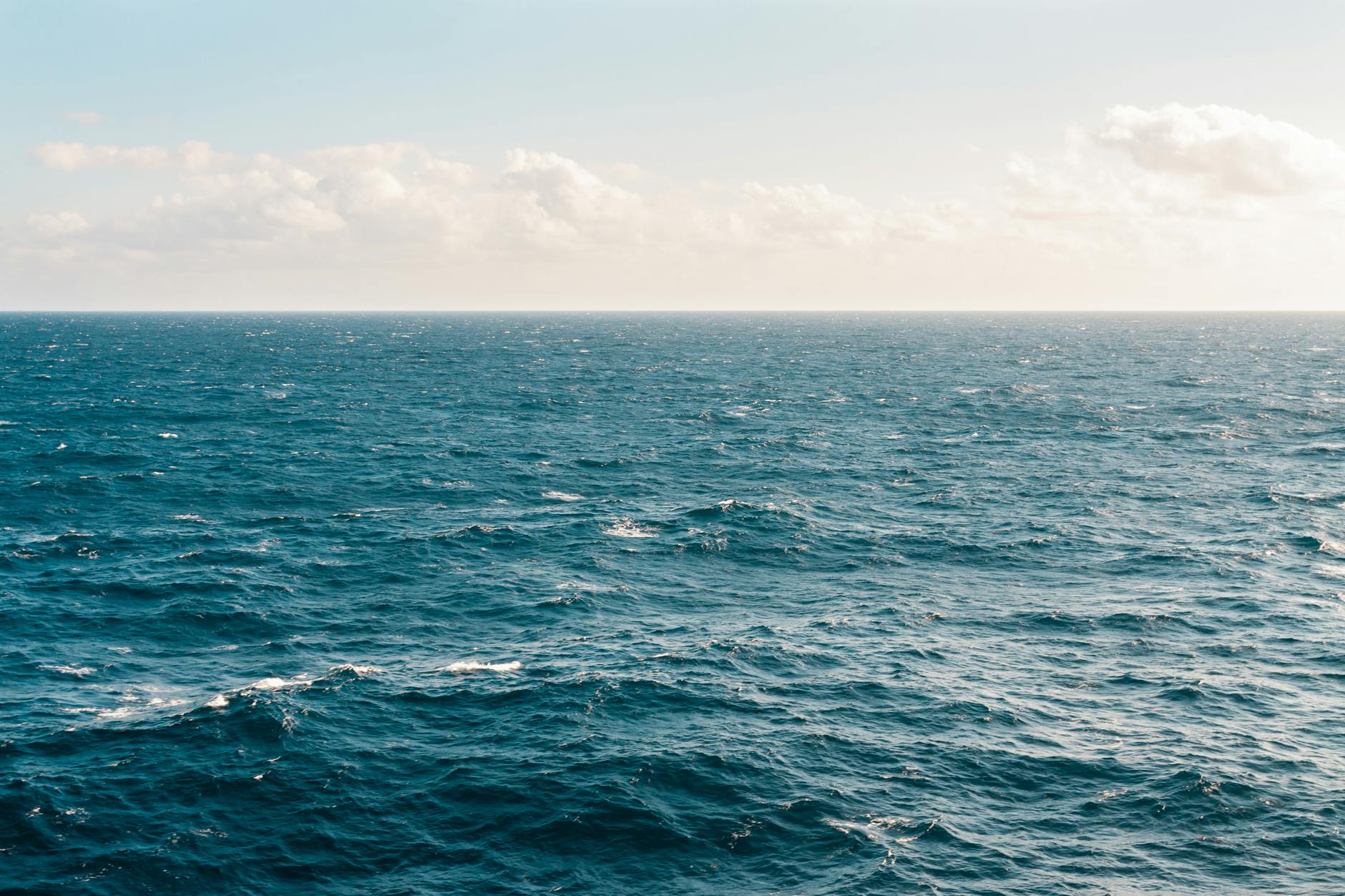
CLEVELAND – According to research into the Geological History of Southwestern Ohio by Miami University, four hundred and fifty million years ago, during the Late Ordovician period, Ohio was submerged under a vast inland sea.
According to Miami University, this ancient ocean, extending from the Gulf of Mexico to the Arctic, was home to a diverse and abundant marine life, rivaling today’s seas in richness.
Unlike modern sea creatures, the Ordovician inhabitants were primarily invertebrates, such as brachiopods, trilobites, and corals.
These organisms thrived in the warm, Caribbean-like waters of the time. As they lived and died, their shells and skeletons, composed of calcium carbonate, accumulated on the muddy sea bottom.
This accumulation of carbonate sediments led to the formation of limestone, a common rock in Ohio today.
The process of limestone formation began with the fragmentation and disintegration of shells and skeletons, the production of tiny carbonate crystals by algae, and inorganic precipitation from seawater, according to Miami University.
Over time, layers of sediment were compressed and cemented together, a process known as lithification, resulting in the solid limestone rocks that now tell the story of Ohio’s ancient oceanic past.
Read more stories at Ohio Statewide.








